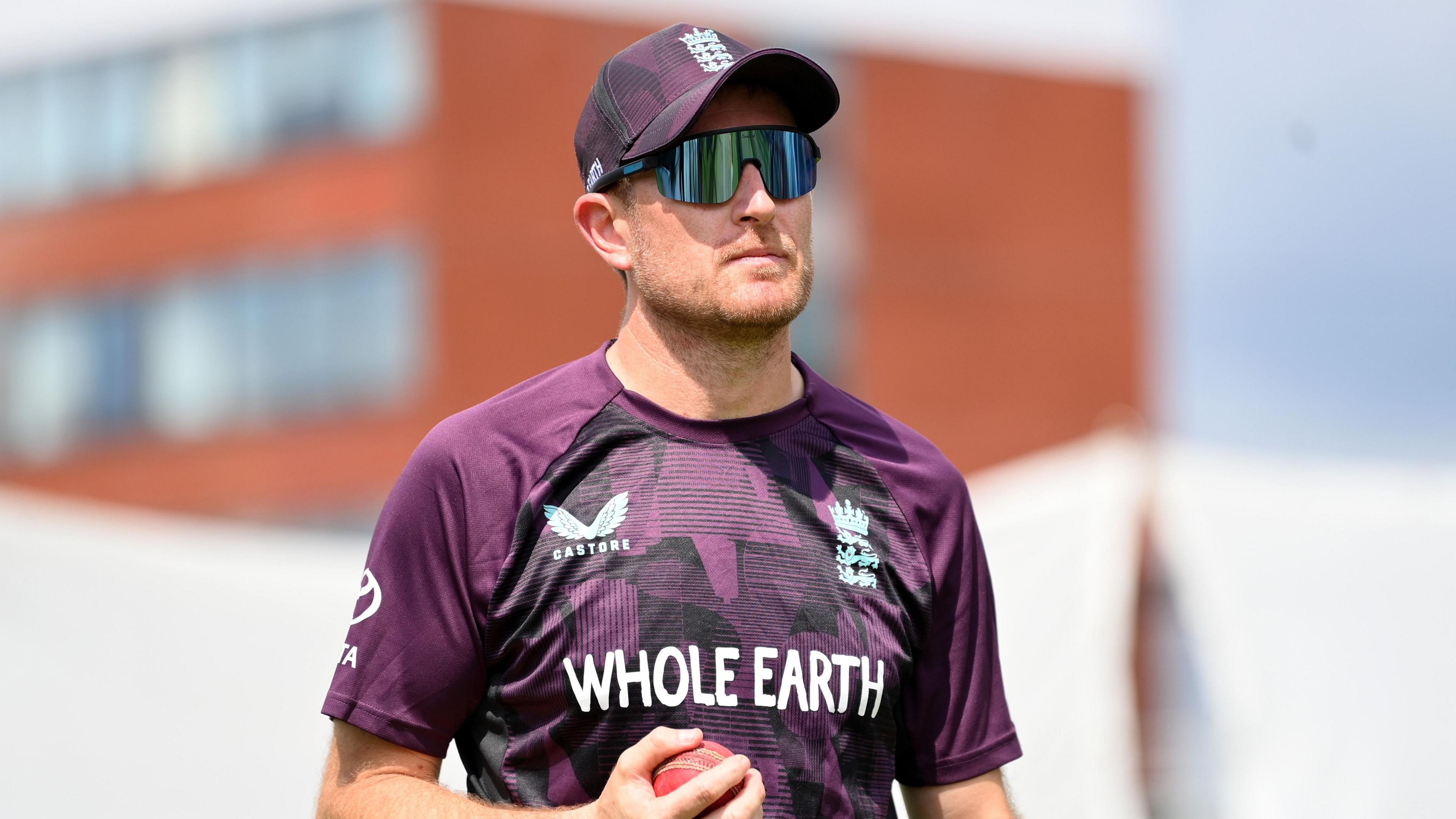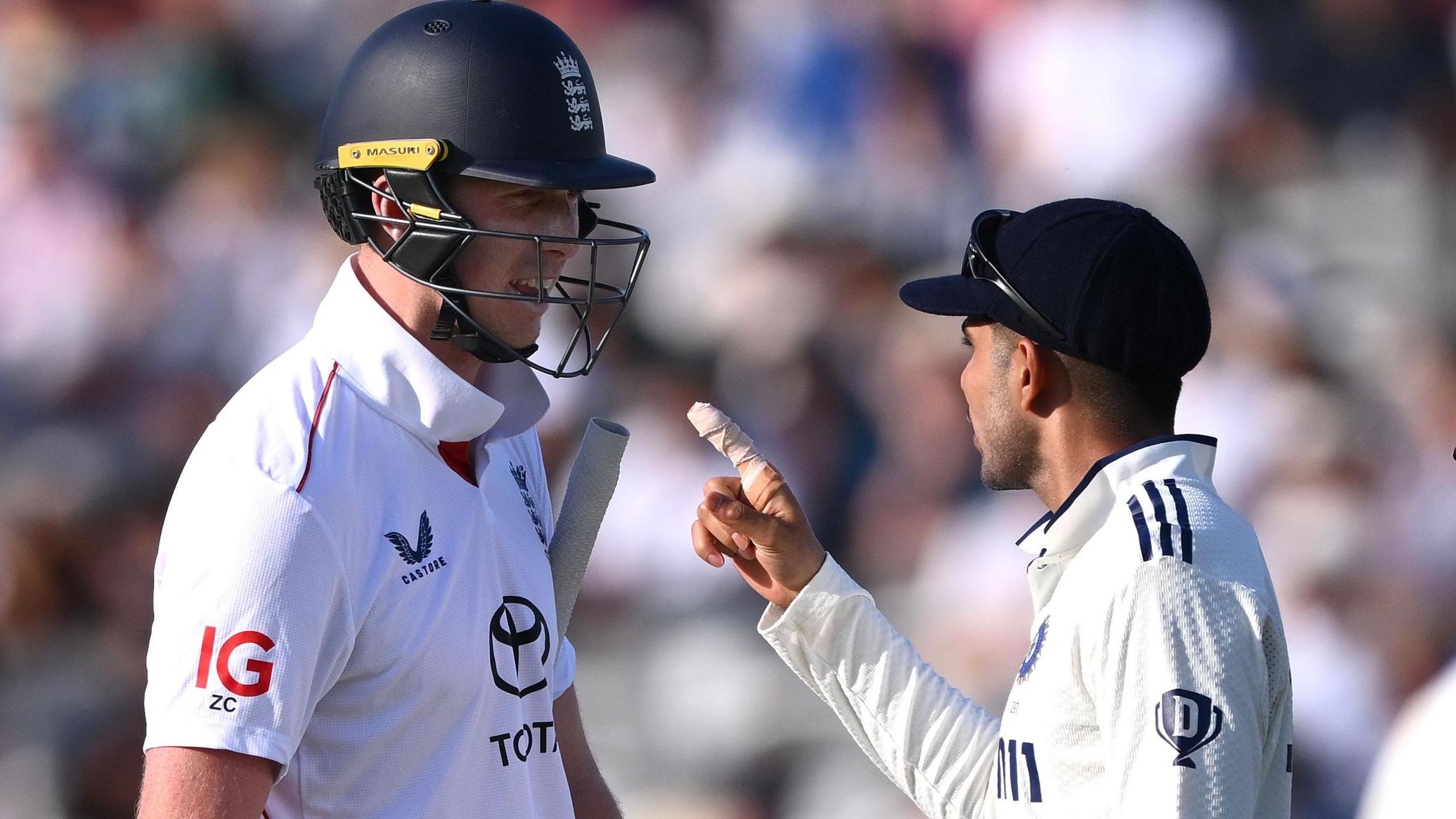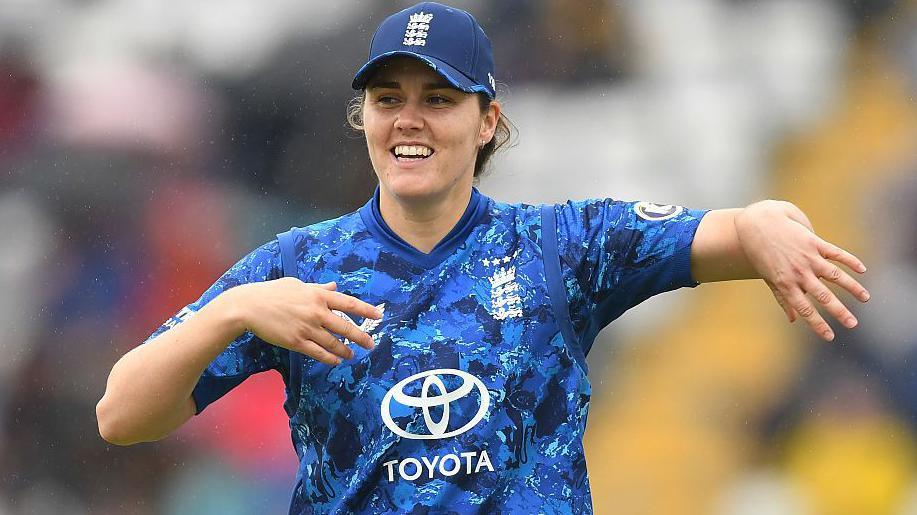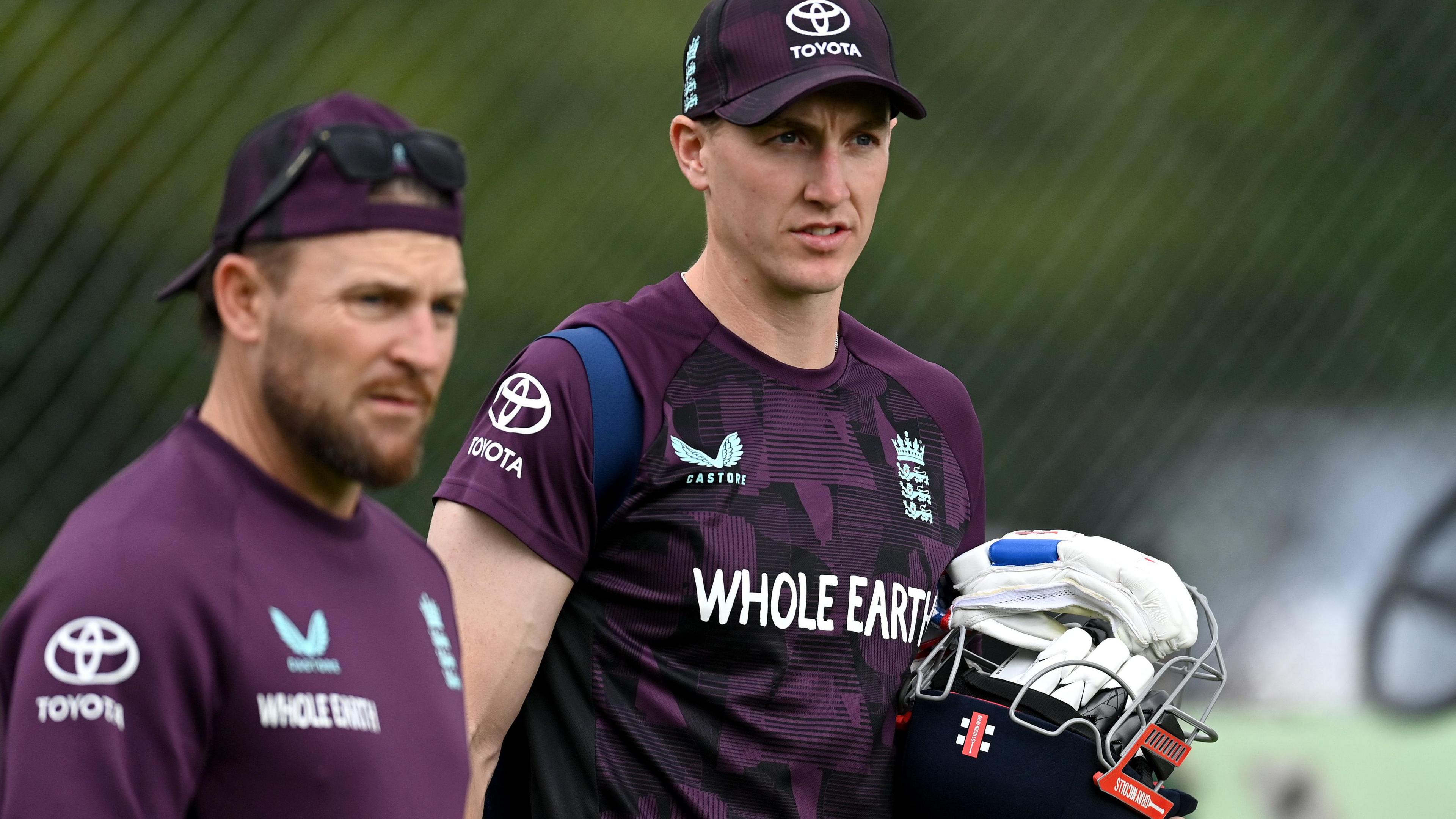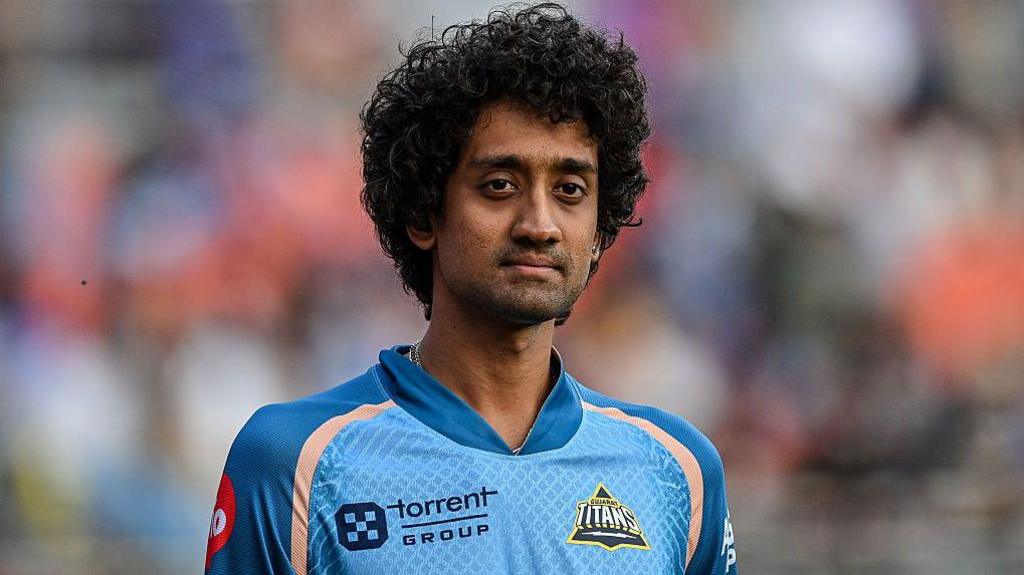The Evolution and Future of Women's Cricket in India: A Journey with Mithali Raj
Explore the transformative journey of women's cricket in India, highlighting key milestones and the impact of Mithali Raj and the Women's Premier League.
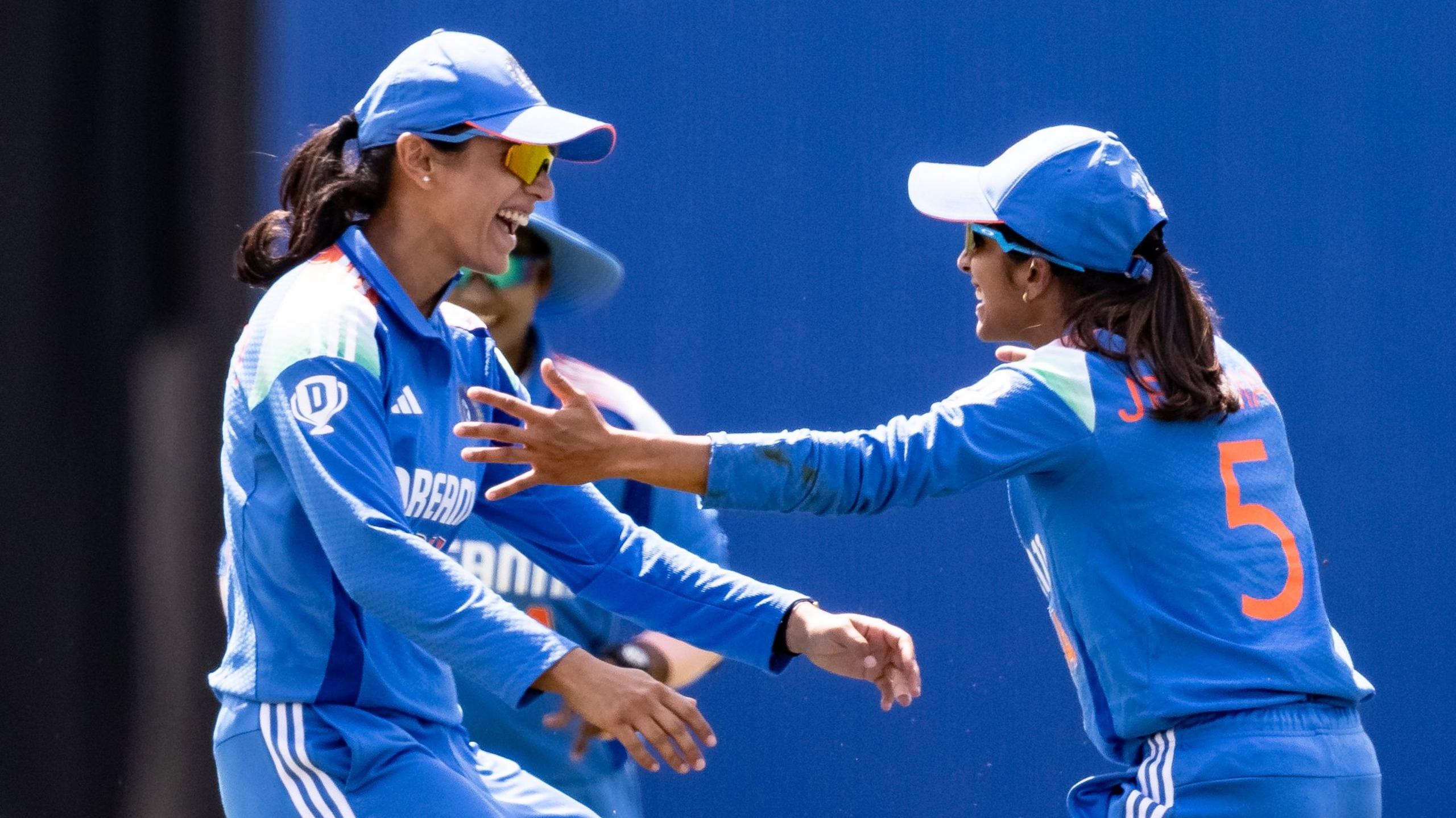
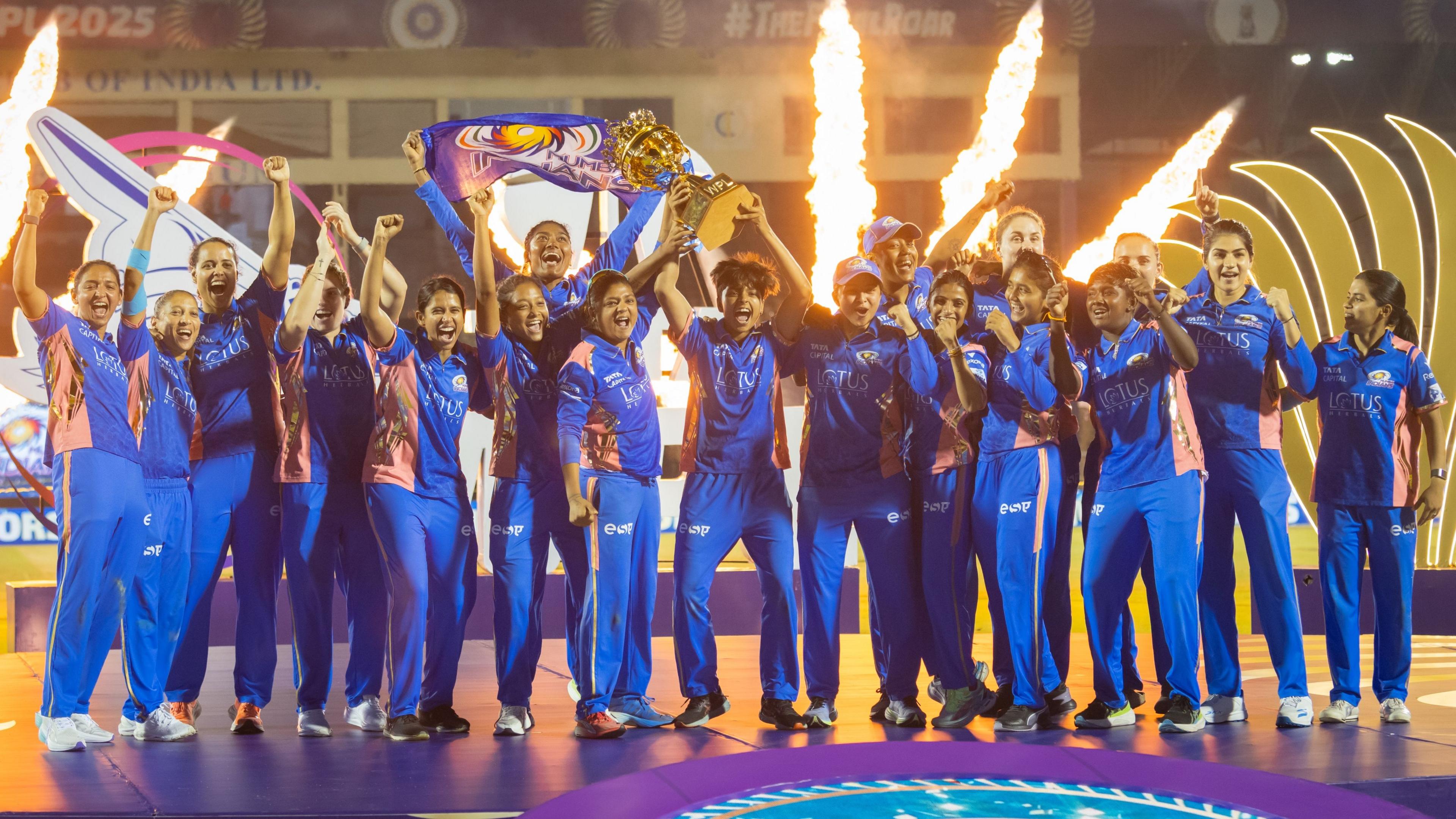

The Rise of Women's Cricket in India
India's women have recently celebrated a historic T20 series win on English soil, marking a significant milestone in the evolution of women's cricket in the country. With a 50-over World Cup imminent on home turf, the sport is poised to reach unprecedented heights in a nation that already hosts the lucrative Women's Premier League (WPL), the second most valuable women's sports league globally.
Mithali Raj's Pioneering Journey
Mithali Raj, former captain of the Indian women's cricket team, reflects on the stark contrast between her early days and the current landscape. "I was pretty much emptying my dad's pocket to play for India," she recalls. In 1999, when she debuted at 16, there were no payments, and players had to fund their own equipment and training sessions. Cultural and socio-economic challenges further hindered many young women from pursuing cricket.
Transformation and Growth
The turning point came in 2015 when the Board of Control for Cricket in India (BCCI) introduced retainer contracts for the top 11 players. This provided financial stability and encouraged more women to take up the sport. The 2017 World Cup final against England at Lord's was another seminal moment, significantly boosting the sport's visibility and popularity.
The Advent of the Women's Premier League
The launch of the WPL in 2023 was a game-changer, with five teams bought for £465 million and media rights sold for £96 million over five years. The league not only offers substantial financial rewards but also serves as a platform for talent scouting and development.
Challenges and Future Prospects
Despite these advancements, barriers remain, particularly in rural areas where access to facilities and financial support is limited. Mithali Raj emphasizes the need for more teams in the WPL and the potential impact of Olympic gold in 2028, which could further propel the sport's growth.
Conclusion
Women's cricket in India has come a long way, thanks to the efforts of pioneers like Mithali Raj and the establishment of the WPL. The future looks promising, with increasing opportunities and recognition for female cricketers. The ultimate goal remains winning the World Cup and achieving Olympic glory, which would cement the sport's place in Indian society.














